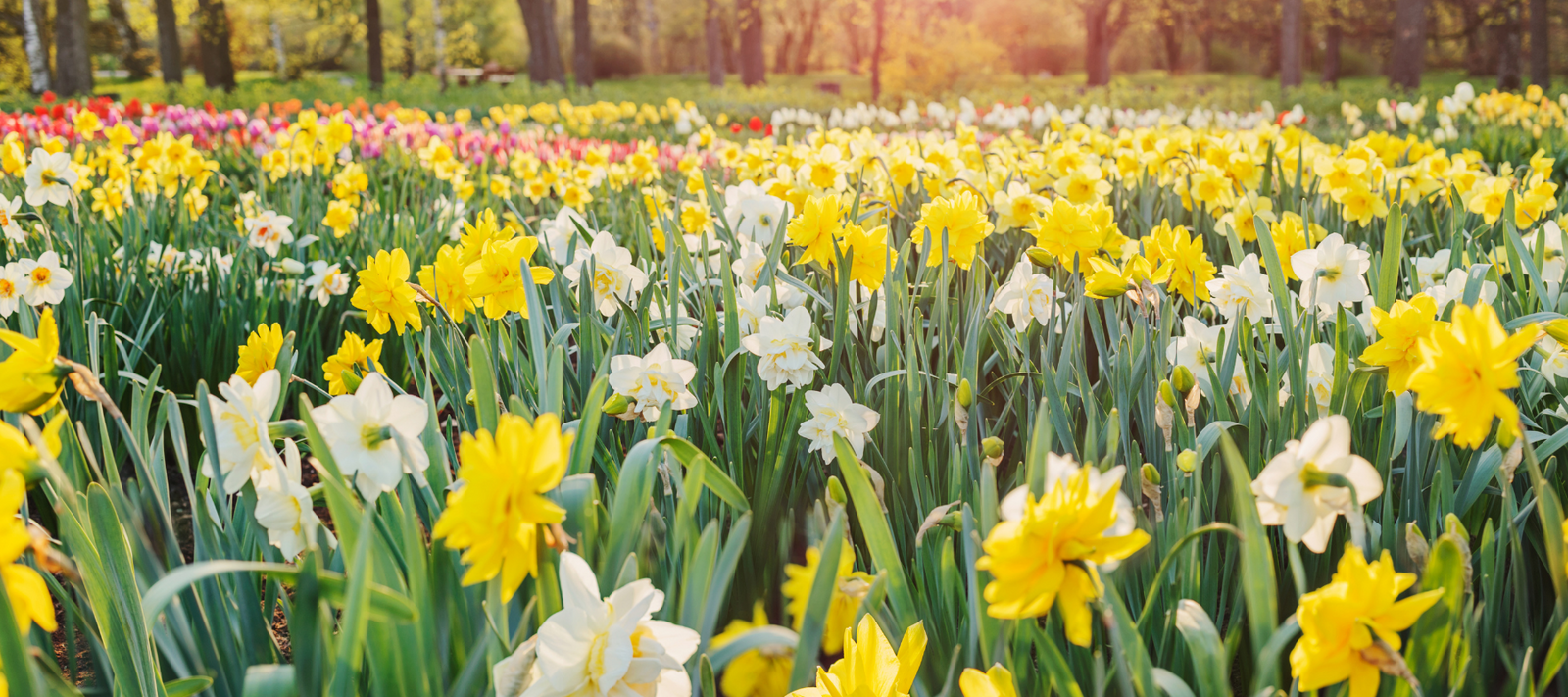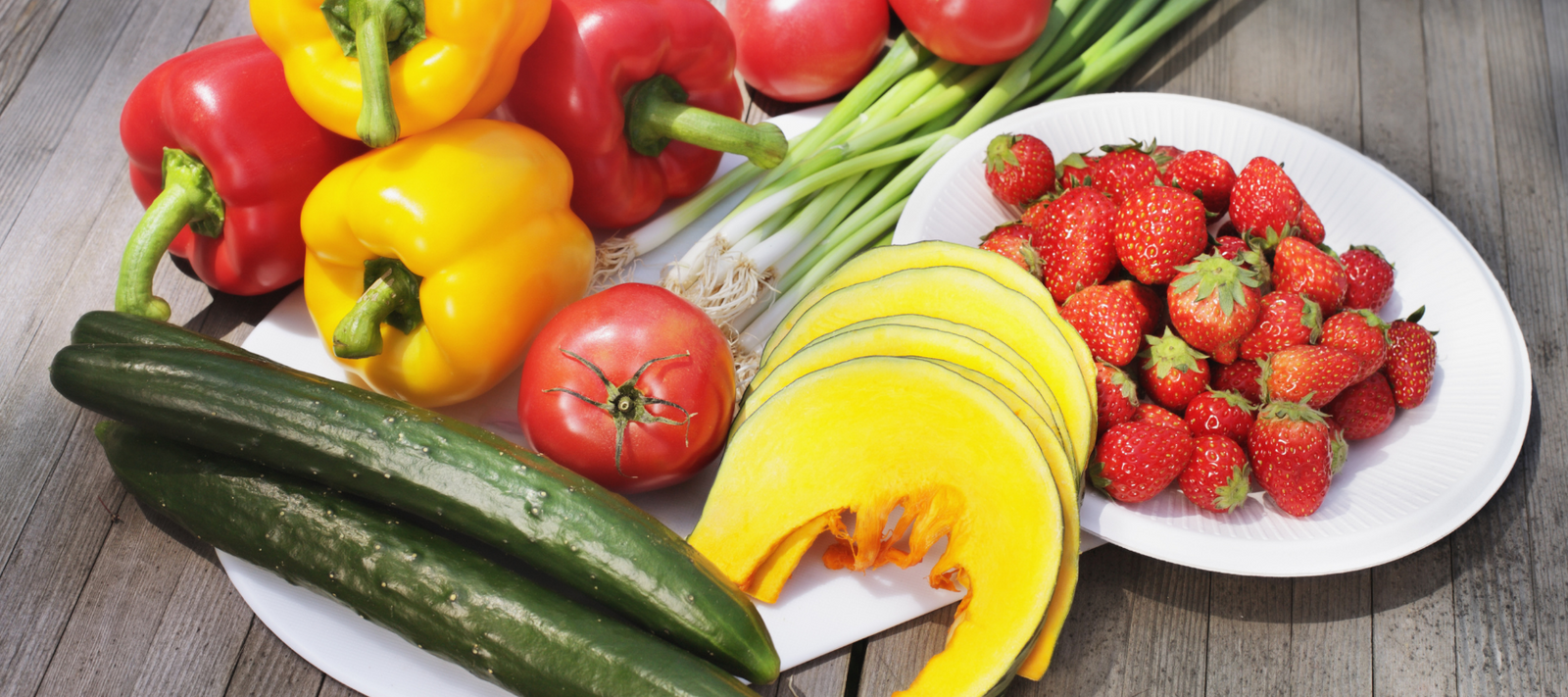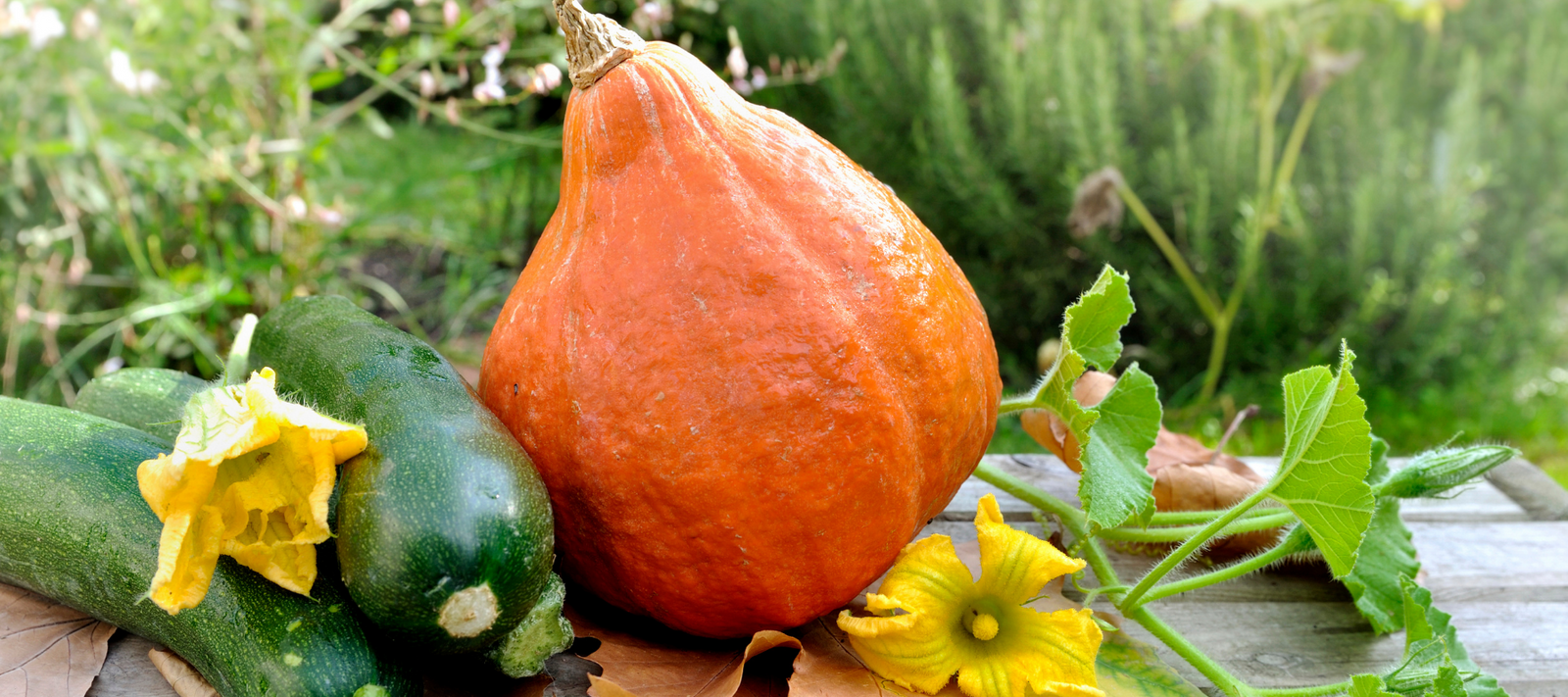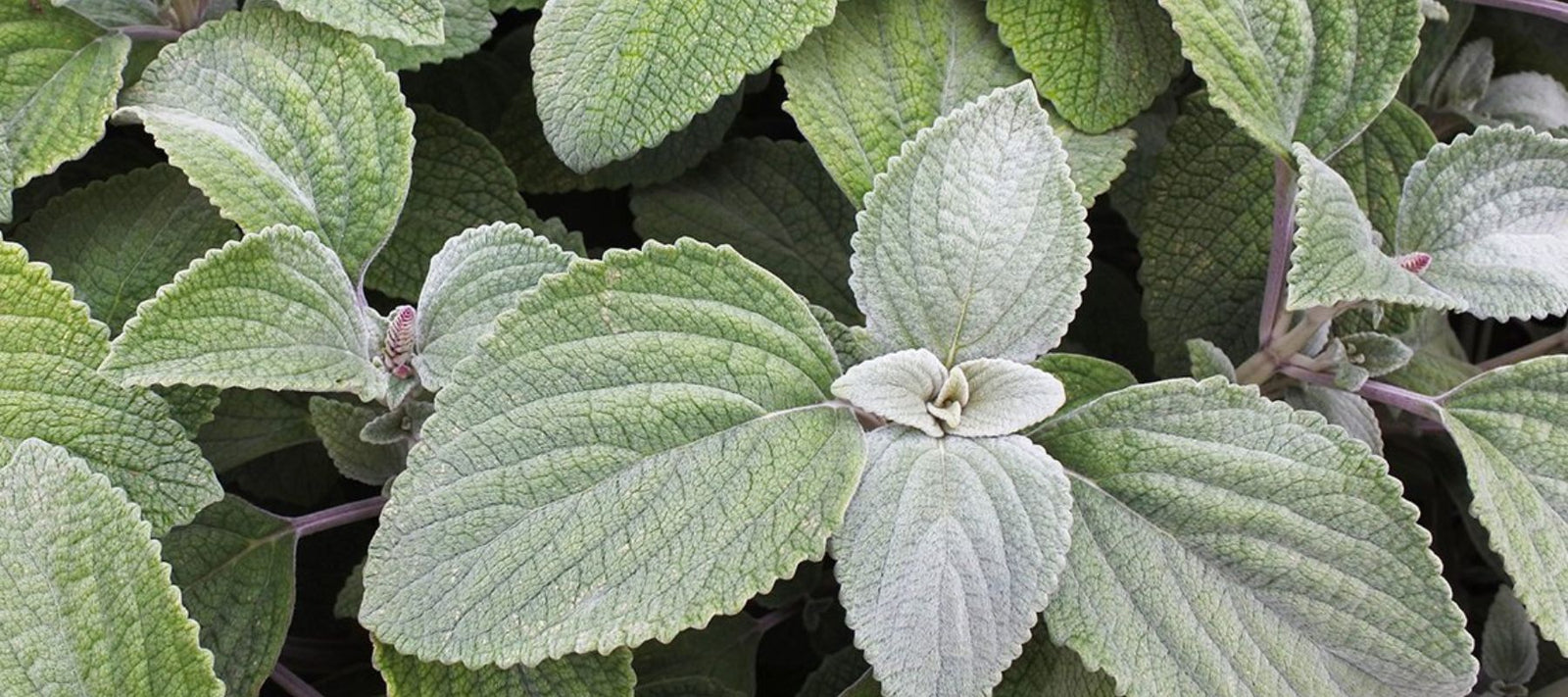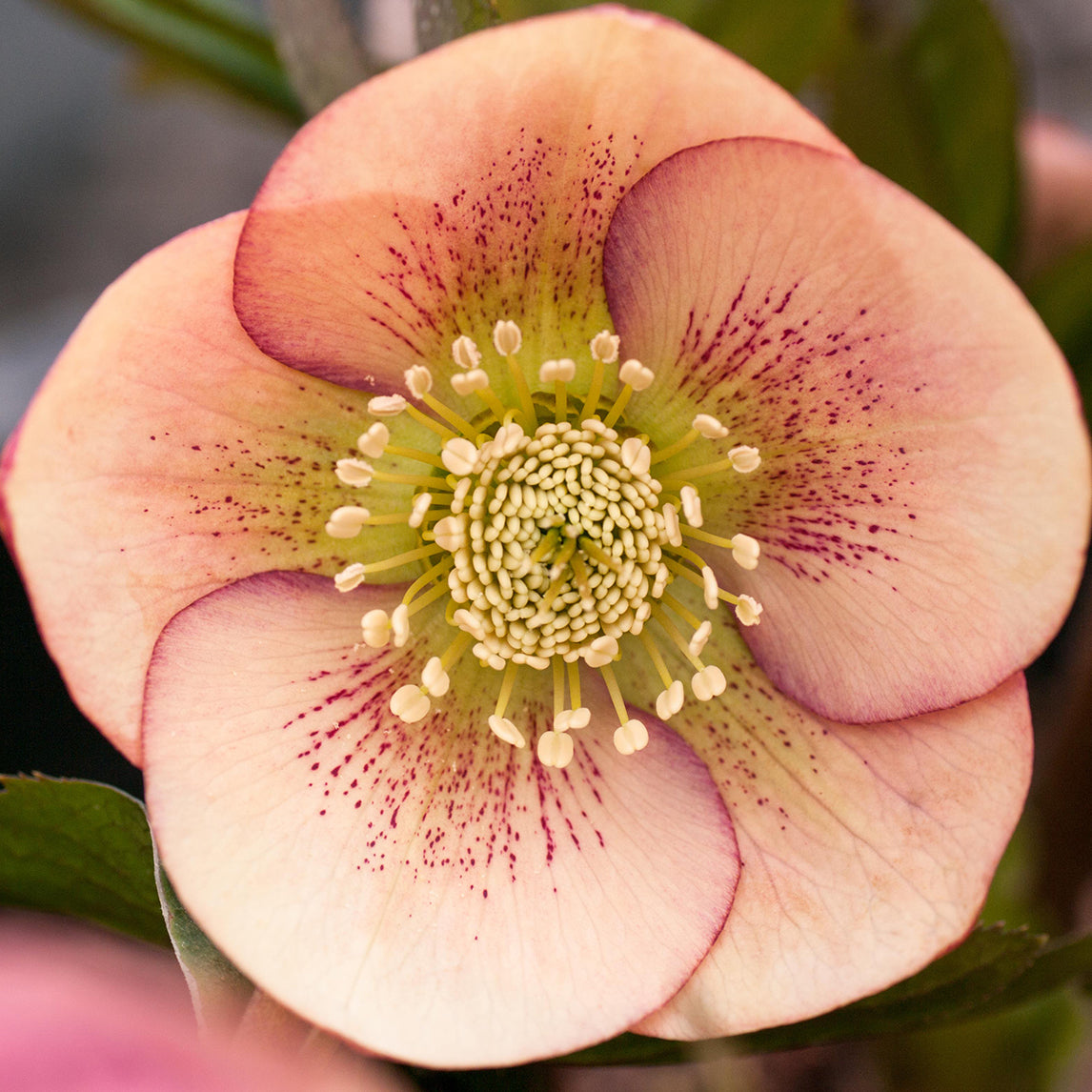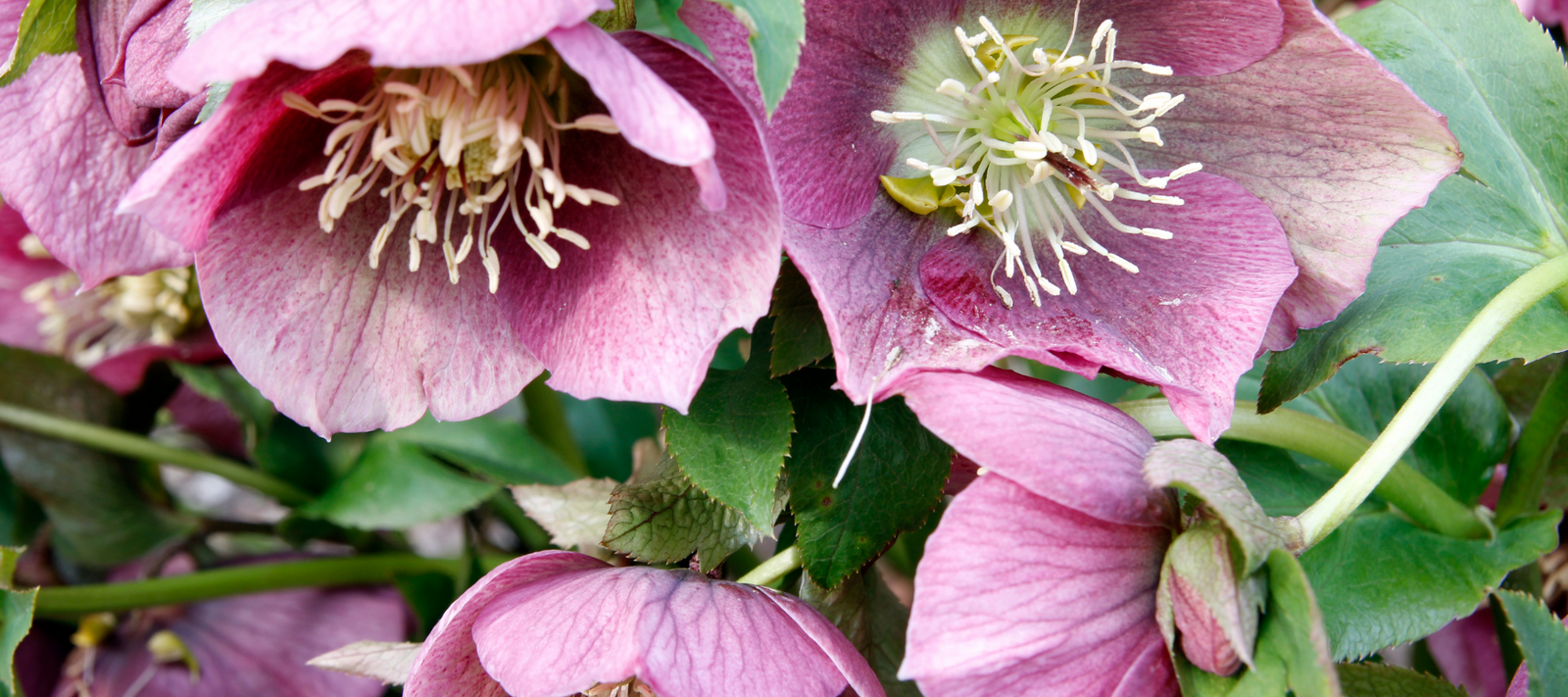
Hellebores are a winter favourite of both gardeners and flower lovers. Easy to grow, take the guesswork out of growing and caring for hellebores with this simple hellebore growing guide.
Also known as winter roses (or Lenten Rose), due to their flowering time, hellebores bloom abundantly in the winter months and continue flowering into early spring. Hellebores are happiest planted in summer shade. Not only valued for their flowers, hellebore foliage also adds interest to tricky, sun-poor areas of the garden for most of the year.
Hardy plants, growing hellebores is easy and with such a wide variety of colours available, it's never been easier to bring interest to the shade.
Climate and position for Hellebores
Hellebores prefer a cool and are not troubled by cold or frost. Best suited to southern or inland areas of Australia, with seasonal cool weather and cold winters, Victoria and Tasmania are popular growing locations. Coastal areas up to and including Sydney are also suitable, with inland areas adaptable as far north as Toowoomba. Heat is ok, but hellebores dislike high humidity. Fortunately, Helleborus x hybridus are the most adaptable variety, with many cultivars available.
Hellebores need good drainage and do not like very wet or water-logged conditions. On the other hand, they dislike sandy soils too, so incorporate organic matter to improve both heavy and sandy soils.
In the garden, hellebores require shade in summer but good light to full sun in winter when in flower. A position under deciduous trees is ideal. Unfortunately, hellebores do not flower well under constant dense shade, like that created by evergreen shrubs and trees. If you are limited by winter shade, consider growing hellebores in pots.
Tolerant of hot summers, as long as they are protected from direct sun and provided with some additional water during their first summer, hellebores are considered quite drought tolerant once established.
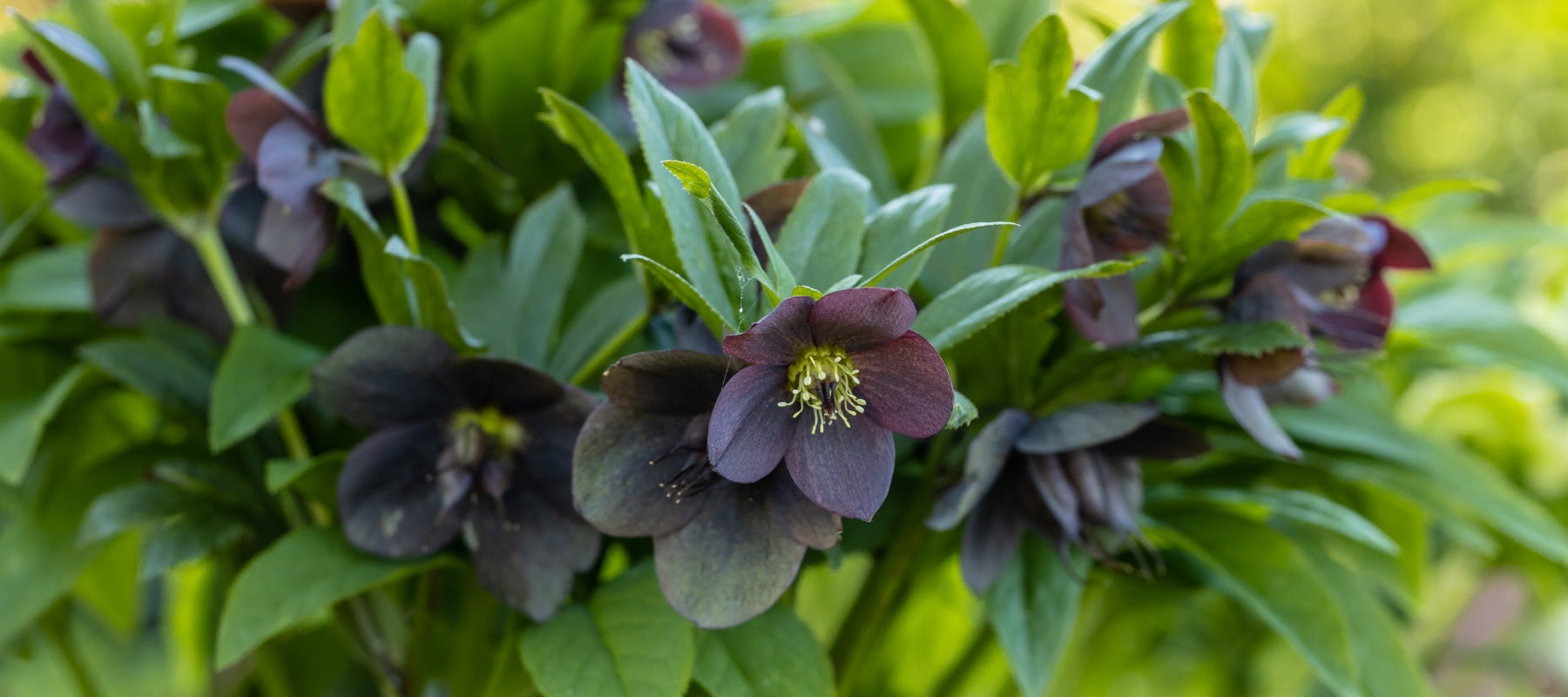
Planting Hellebores
Usually available in autumn, it's important to pot up or plant out hellebores promptly, so that they have time to establish before their first summer. Hellebores have vigorous root systems which need space to grow. Best planted in the garden, directly in the soil, hellebores can also be grown in pots if allowed adequate space. Helleborus x hybridus varieties are the most adaptable to growing in pots, but will require regular potting on until they are established into large tubs or pots (30-40cm).
Plant hellebores approximately 60cm apart. Most hellebores grow to about 45cm tall with a spread of around 60cm, and adequate spacing will help to minimise root competition.
Prepare the ground by digging deeply and incorporate some organic matter like aged compost and manure. No fussy about pH, aim for a pH around 7. If plant roots are looking congested, loosen and tease the roots a little before planting.
Plants may need some extra watering over the first summer in the ground, but will become more dry tolerant in subsequent summers.
Hellebore care
Autumn is a busy time for hellebores. Mid to late autumn and into early winter (April to June) is the start of the annual growth period for most hellebores, depending on climate and season. This is the best time to do most of the yearly maintenance jobs including feeding and cleaning up old foliage, moving and dividing, if necessary. By this time of the year, the old foliage will be looking a bit ragged, and new growth can be seen pushing up from the base of the plant.
Once you see that new growth on Helleborus x hybridus, you can safely cut back old foliage right to the ground before winter. In spring, mulch the plants and remove spent flowers if you don't want lots of seedlings popping up the following winter. It is a good idea to thin out or remove seedlings to prevent plants from becoming overcrowded.
Transplanting and dividing hellebores
Autumn is also the ideal time to move or divide most species of hellebore, especially Helleborus x hybridus. Treatment of taller species such as Helleborus argutifoliusand Helleborus foetidus is a bit different, as old flowering stems should be removed in spring after flowering has finished. These species should not be divided, but will usually produce lots of seedlings which can be transplanted while active in winter. These young plants will usually flower in 2-3 years once established.
Hellebore pest and diseases
Watch for aphids as the weather warms up in spring. Use whatever insecticide you prefer, but use multiple applications and spray the underside of foliage as necessary.
Note: Hellebores are known as Christmas Rose in the northern hemisphere due to their flowering time around December, which is the start of winter in these area.



